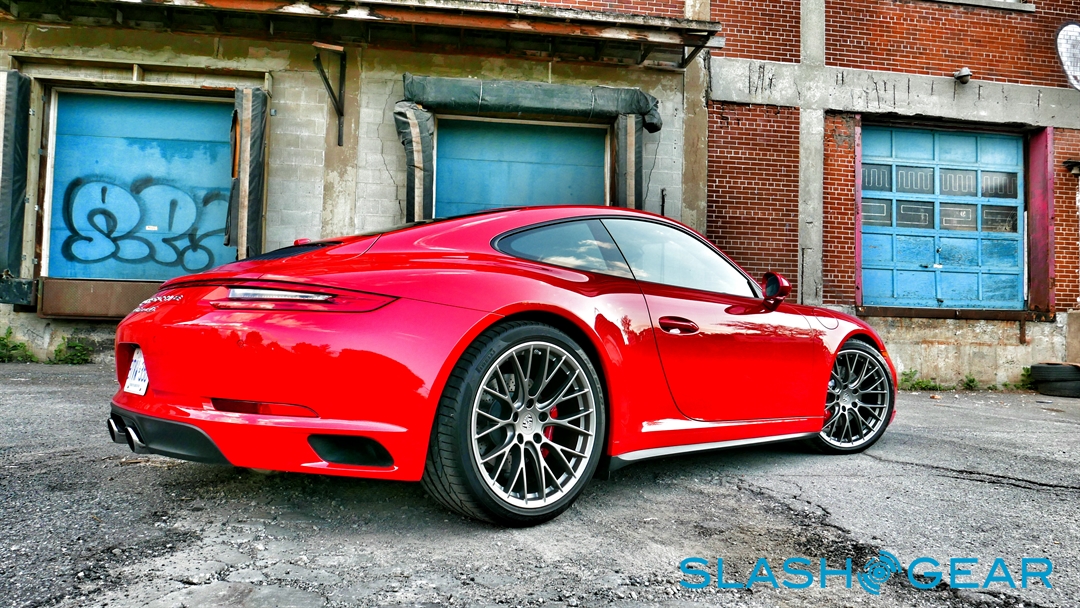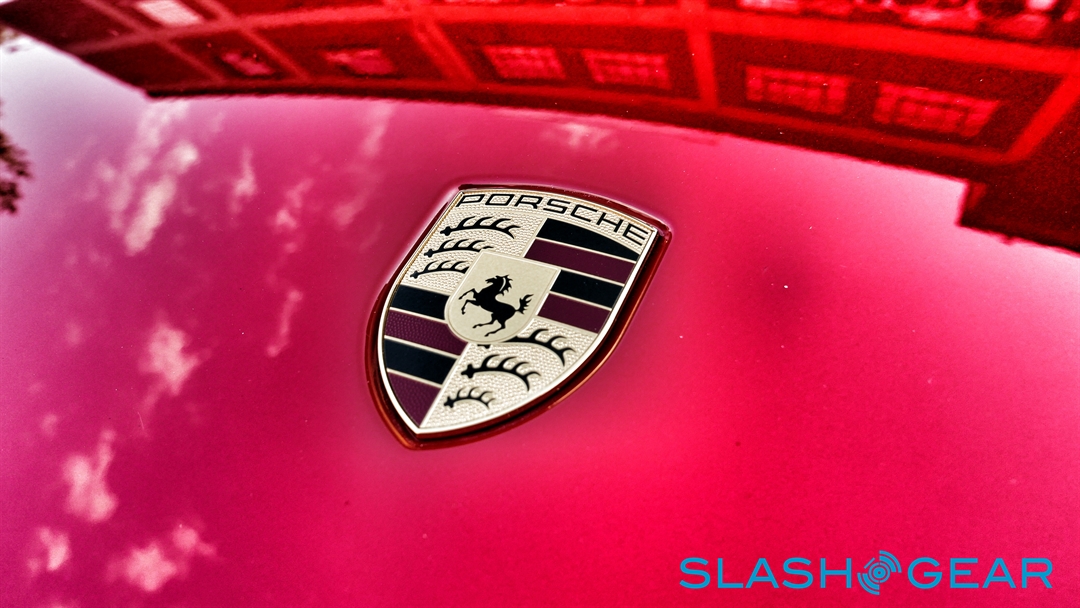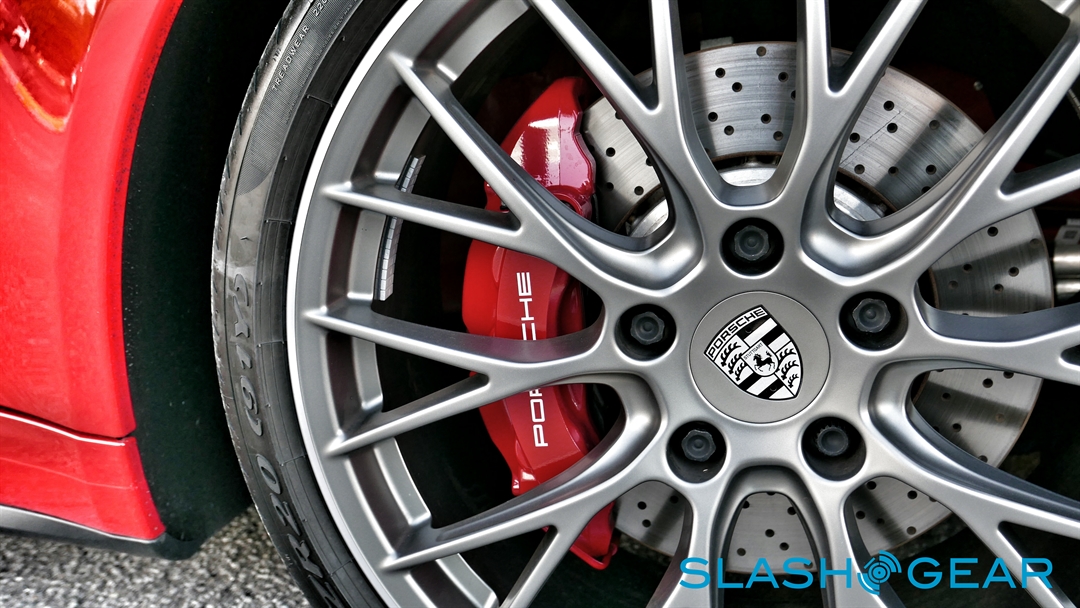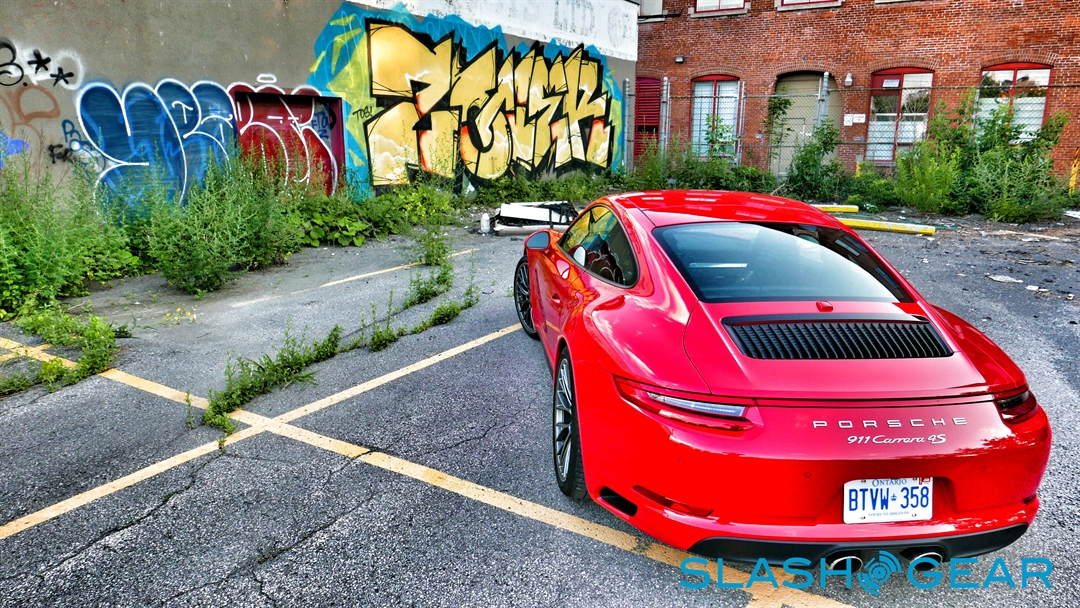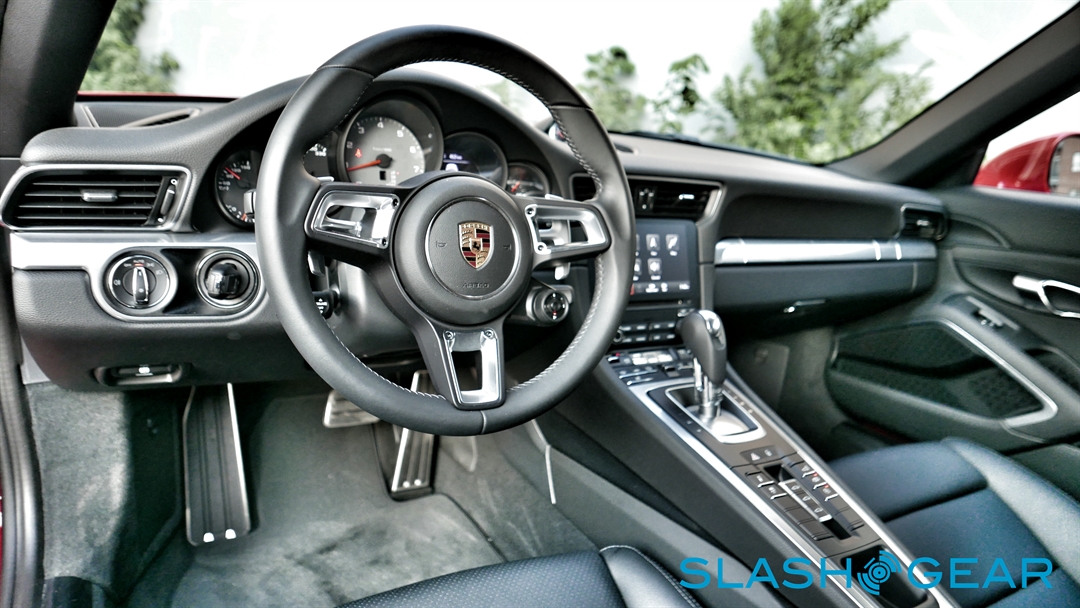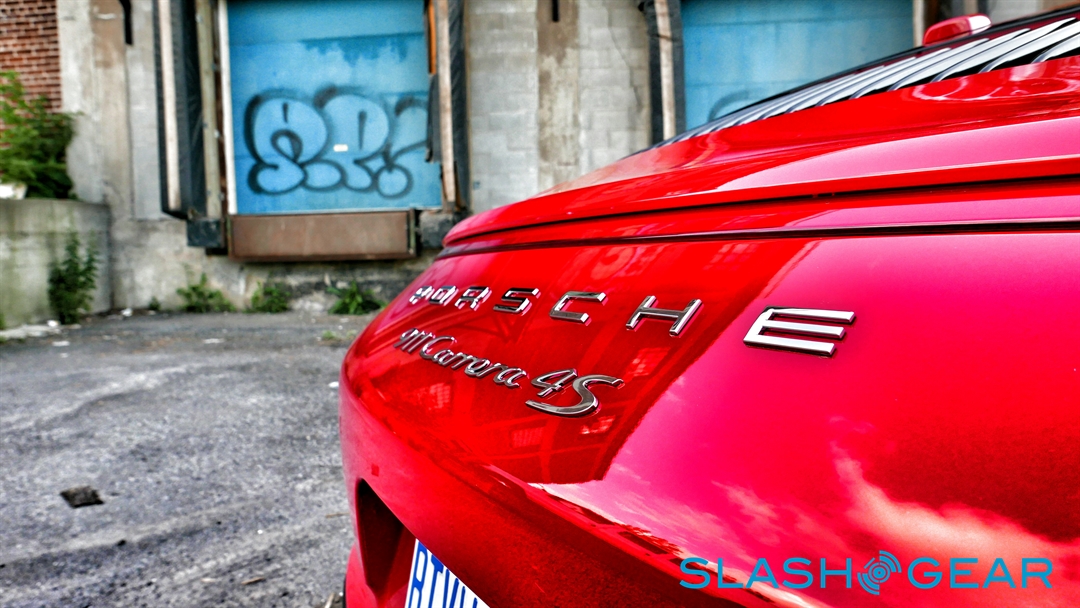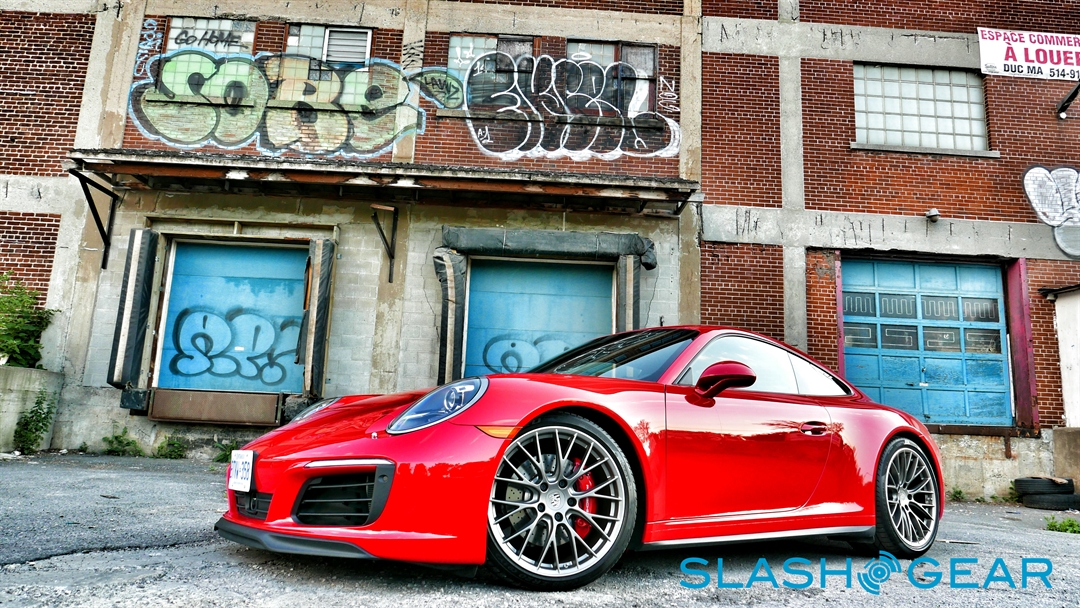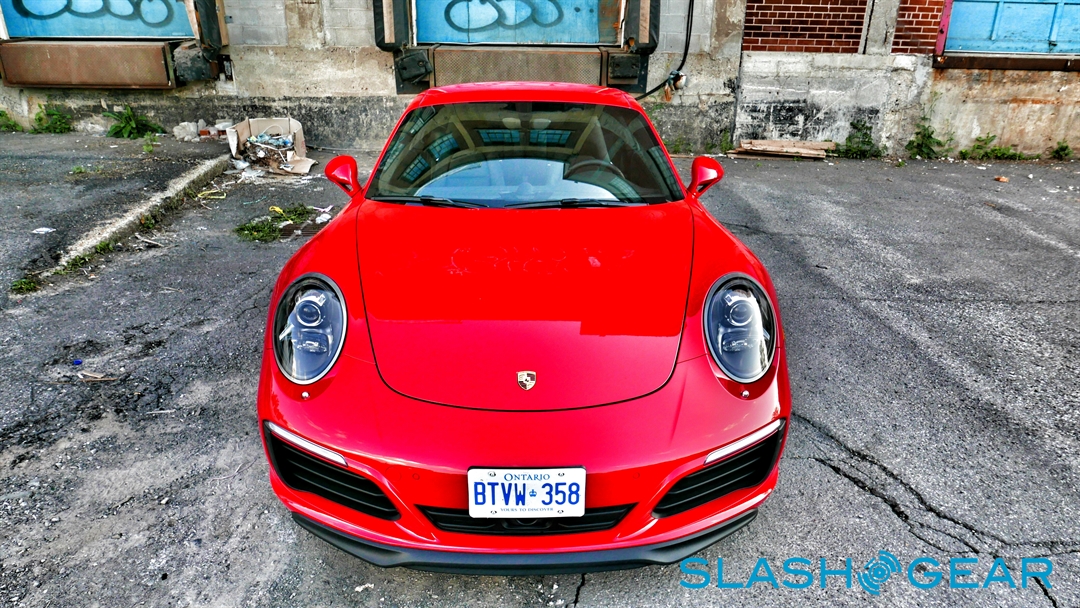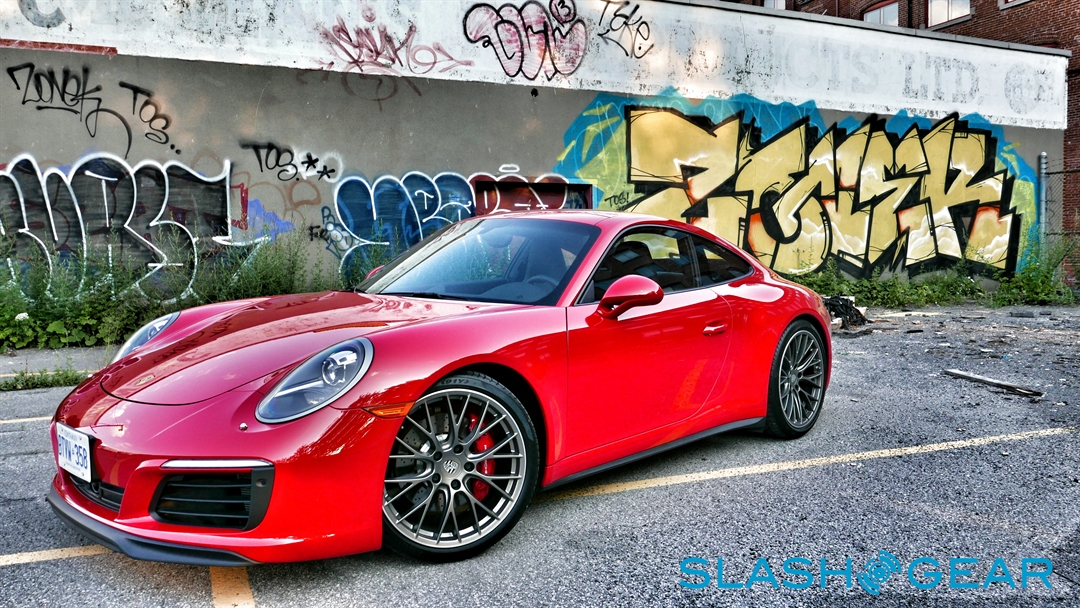2017 Porsche 911 Carrera 4S Review - Turbo All The Things
Brand purists are simultaneously the best and worst buyers a car company can have flocking to its showrooms, and few automakers understand this better than Porsche. While it's an ego boost to have a loyal group of followers celebrating your heritage, that same cohort can turn on you in a heartbeat should it feel that the march of progress has in some way desecrated the traditions that they hold most dear. Still, this hasn't kept the German sport car builder from pushing past the boundaries of its own illustrious past, first with front-engine V8s (the 928), then while swapping air-cooled sixes for modern water-cooled designs (the 996), and now by going all-in on the turbo zeitgeist with the 2017 Porsche 911 Carrera.
If it comes across as strange that a car company would catch heat from fans for having the audacity to actually boost the power and responsiveness of its most iconic vehicles, welcome to the terrordome that is Internet owner's clubs. Fortunately, the last time I checked, the real world still trumps the virtual one when it comes to determining whether a change like the new range of engines offered by the revised 911 Carrera will be a net positive. After a week behind the wheel of the Carrera 4S, it's impossible to imagine anyone granted a similar amount of seat time will be pining all that hard for the ghost of Porsches past.
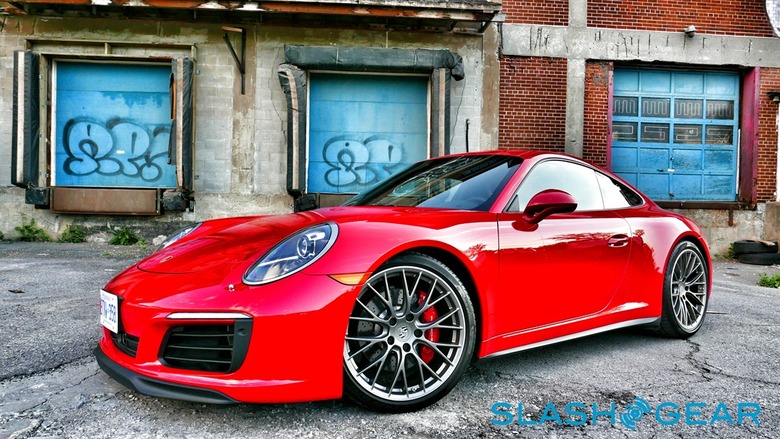
Pop the tiny service panel at the rear of the 2017 Porsche 911 Carrera and you'll discover the reason for all the sturm und drang surrounding the latest version of the automaker's two-door coupe. Gone are the naturally-aspirated flat-six engines that have served the entry-level versions of the 911 for more than 50 years, and in their place is a new, smaller-displacement unit that counts on a turbocharger to best the output offered by the previous model year Carreras.
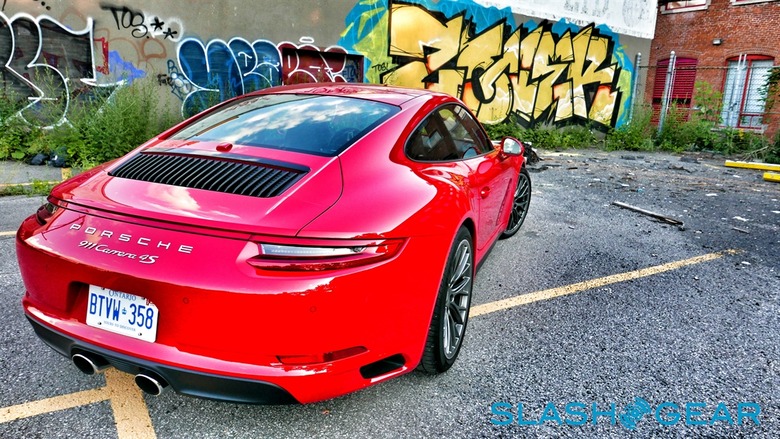
Specifically, the 3.0-liter, horizontally-opposed six-cylinder is available in two trim levels, developing 370 horsepower and 331 lb-ft of torque in the base 911 coupe and a hefty 450 horses and 368 lb-ft of twist when stepping up to the Carrera S. All-wheel drive is of course also available (and came with my 4S tester), while transmission choices mirror those of 2016 (seven-speed manual is standard, seven-speed dual-clutch PDK is optional).
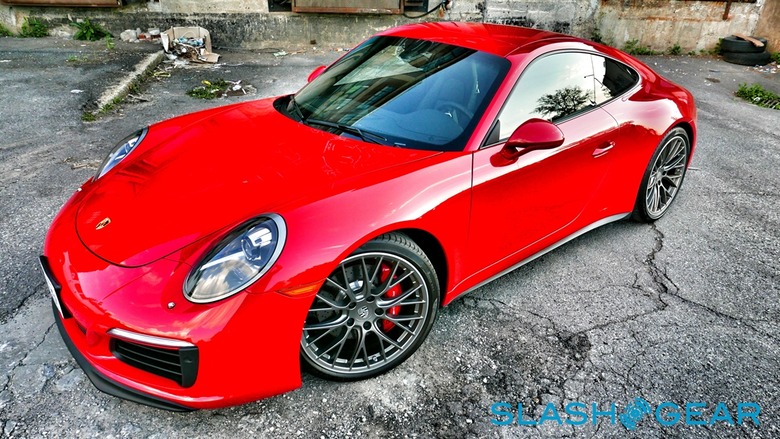
This is no minor improvement over the base 3.4-liter motor that previously came with the 911 Carrera, as the smaller but more robust turbo unit offers 20 additional horsepower along with 44 extra lb-ft of twist. The Carrera S extends the gap between past and present by adding 16 lbs of boost versus the 13.1 found in the entry-level model. The end result: 50 new ponies and 43 more lb-ft of torque, figures that surpass even 2016's Carrera GTS model in terms of overall output. Fuel efficiency – the culprit for the adoption of an all-turbo 911 line-up – has also been sweetened despite the soaring power figures.
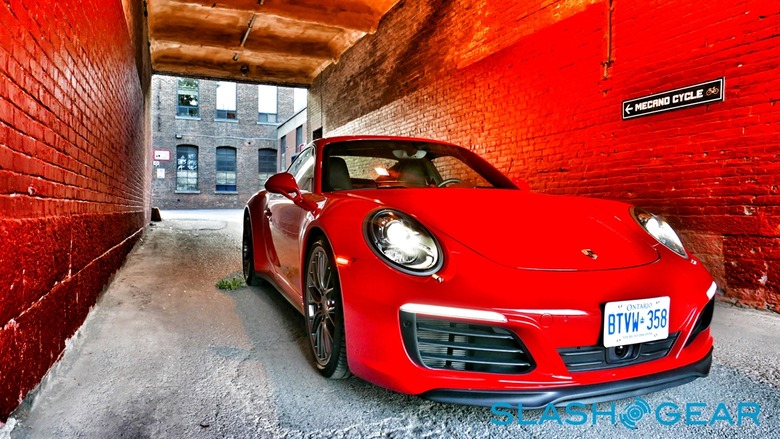
Just as important as the numbers on the spec sheet is the way in which the turbocharged 3.0-liter manages to deliver the extra motivation that it's been blessed with. Rather than having to wring the tachometer past 4,000 rpm to wake up all six cylinders, you're now getting onboard the torque train at half those revolutions, and by the time you've crested 3,000 rpm you'd better be ready to grab the next gear with either a steering wheel paddle or the shifter stalk, because redline arrives almost before your brain has finish processing the ludicrous speed that the 911 is now traveling. Thanks to launch control and the phenomenal ability of Porsche's PDK gearbox to swap cogs the Carrera 4S will hit 60-mph in just under four seconds, which used to be the exclusive territory of a certain Porsche 911 model with the word Turbo actually emblazoned across its rear haunches.
While you won't find the familiar script on any of the new Carrera models, you'll be instantly alerted to the presence of the car's twin air crushers after each application of the throttle, as they whine their way to boost with the kind of heavy breathing once reserved for late-night phone chat lines. On PDK cars, you can tap into boost that much quicker by way of the Sport Response button, which occupies the center spot on the out-of-place glob of plastic on the steering wheel where the dial selector for Sport, Sport+ and Individual driving modes now lives (replacing the previous model's console buttons). You get 20 seconds (complete with timer) of max boost combined with the instantaneous selection of the lowest possible gear. It's part of the Sport Chrono package, and it's a great way to stand your hair on end should you accidentally push it while trying to swing into Sport mode.
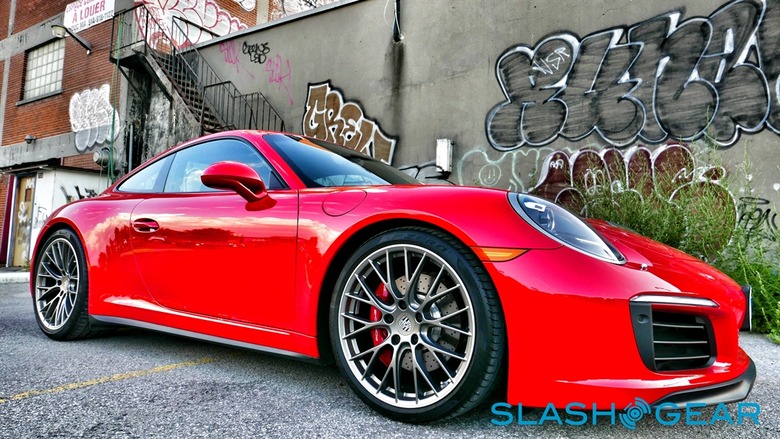
More welcome in the new Carrera's interior is the revised Porsche Communication Management (PCM) infotainment interface. The touchscreen looks great, responds quickly, and offers the kind of features one would expect from a high end automobile. It's a huge step forward for Porsche in general and the 911 in particular, and you don't have to pay more to get it either – it's included across the board.
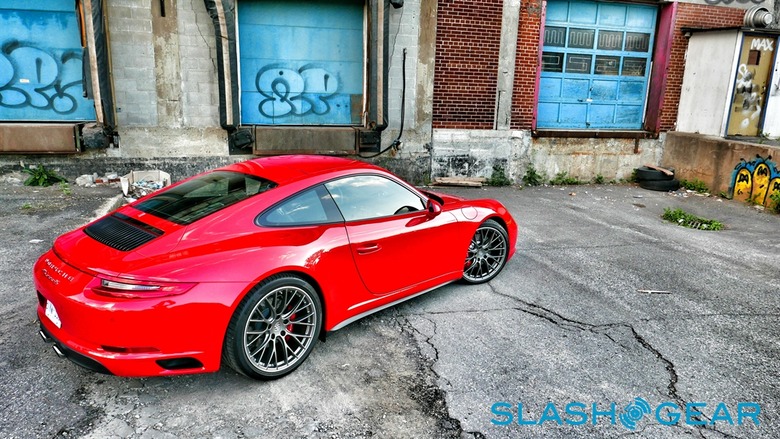
The new engines, revised styling (including striking four-channel front headlights and a gorgeous single-piece rear taillight that wraps around the 911's flanks) and interior touches are of course on top of what the Carrera and Carrera S have always done so well – namely, balance the demands of high performance driving with the comfort and convenience needs associated with the daily commute. It's hard to find a more versatile six-figure sports car when it comes to satisfying questions like 'what if I occasionally need a rear seat?' (check) or 'what if I just want to quietly cruise down the highway for five hours at a stretch?' (simply dial down the now-standard adjustable suspension and kill the sport exhaust).
Maybe the only place the 2017 Porsche 911 Carrera stumbles is when it comes to pricing. With a starting ask of just under $90k and a sticker of well over $120,000 for the 4S that I drove, Porsche demands a heftier monthly payment as compared to similarly-quick, but not as easy-to-live-with sports cars like the Chevrolet Corvette and the Jaguar F-Type. While it may not be a bargain, the now-turbocharged Carrera is certainly one of the most advanced, and fastest cars to ever serve as the first rung on the 911 ladder.

